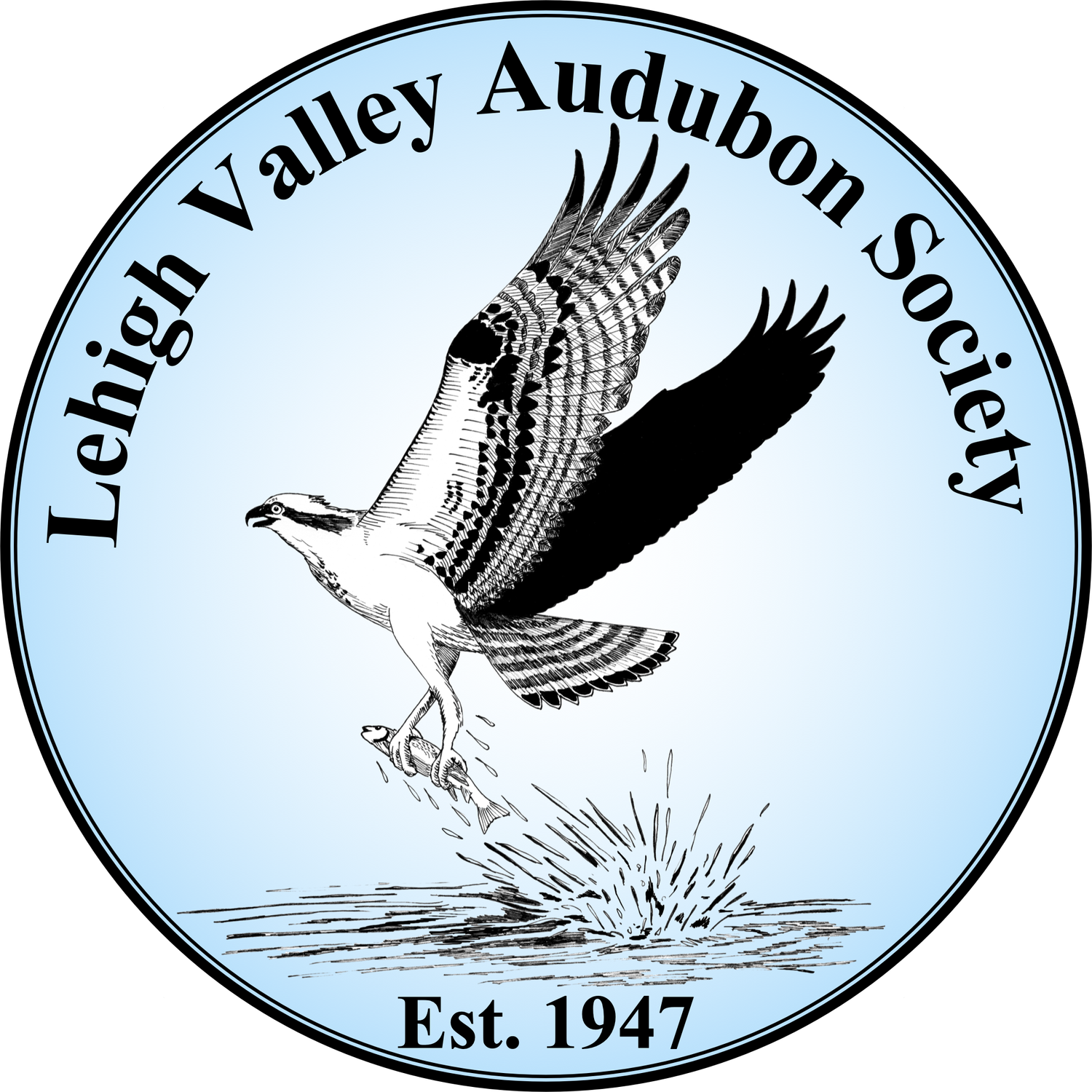Rare Birds of North America. Steve N.G. Howell, Ian Lewington & Will Russell. 2014. 428 pages. Cloth. Princeton University Press, Princeton and Oxford. $35.
Now here is a book for the serious lister who enjoys chasing around the country for those rarities that show up every year. Rare Birds of North America covers 262 species and includes 275 nice color plates. The book provides unparalleled insights into vagrancy and avian migration. Other important topics include an explanation of patterns of occurrence by region and season, an overview of vagrancy patterns and migration. The detailed species accounts cover the most recent cutting-edge identification tips. There is a section on how to use the book. The introduction has an explanation on what is a ‘rare bird’. Terms such as migration and vagrancy are discussed. And there are some nice tables and maps. The individual species accounts include a summary on where the bird has been found in North America, taxonomy, world distribution and status, comments, field identification, age/sex/season, and habitat and behavior. One of the rarities covered is the Pink-footed Goose, a bird that has been seen recently at both Lake Muhlenberg and the Fogelsville Quarry. Pink-footed Goose is described as rare but increasing in the Northeast, fall to spring. Almost all records have occurred since the late 1990s. Another bird listed in the book is the Large-billed Tern. This one-day-wonder is a favorite of mine because I was one of only a few dozen birders to see the last one recorded in North America. The book notes that there are three records: 1) Cook County, IL – 15 July 1949, 2) Mahoning County, OH – 29 May 1954, and 3) Hudson County, NJ – 30 May 1988. The last date happened to be Memorial Day and Bernie Morris, Joe Zajacek and I were the only ones from the Lehigh Valley to see the bird. The “comment” section for Large-billed Tern notes the spring-summer pattern of occurrence in eastern North America. White-faced Whistling-Duck and Southern Lapwing share this pattern of occurrence. The coincidence of records corresponds with the end of the dry season in South America. Serious birders will want a copy of Rare Birds of North America.
Fritz Brock


